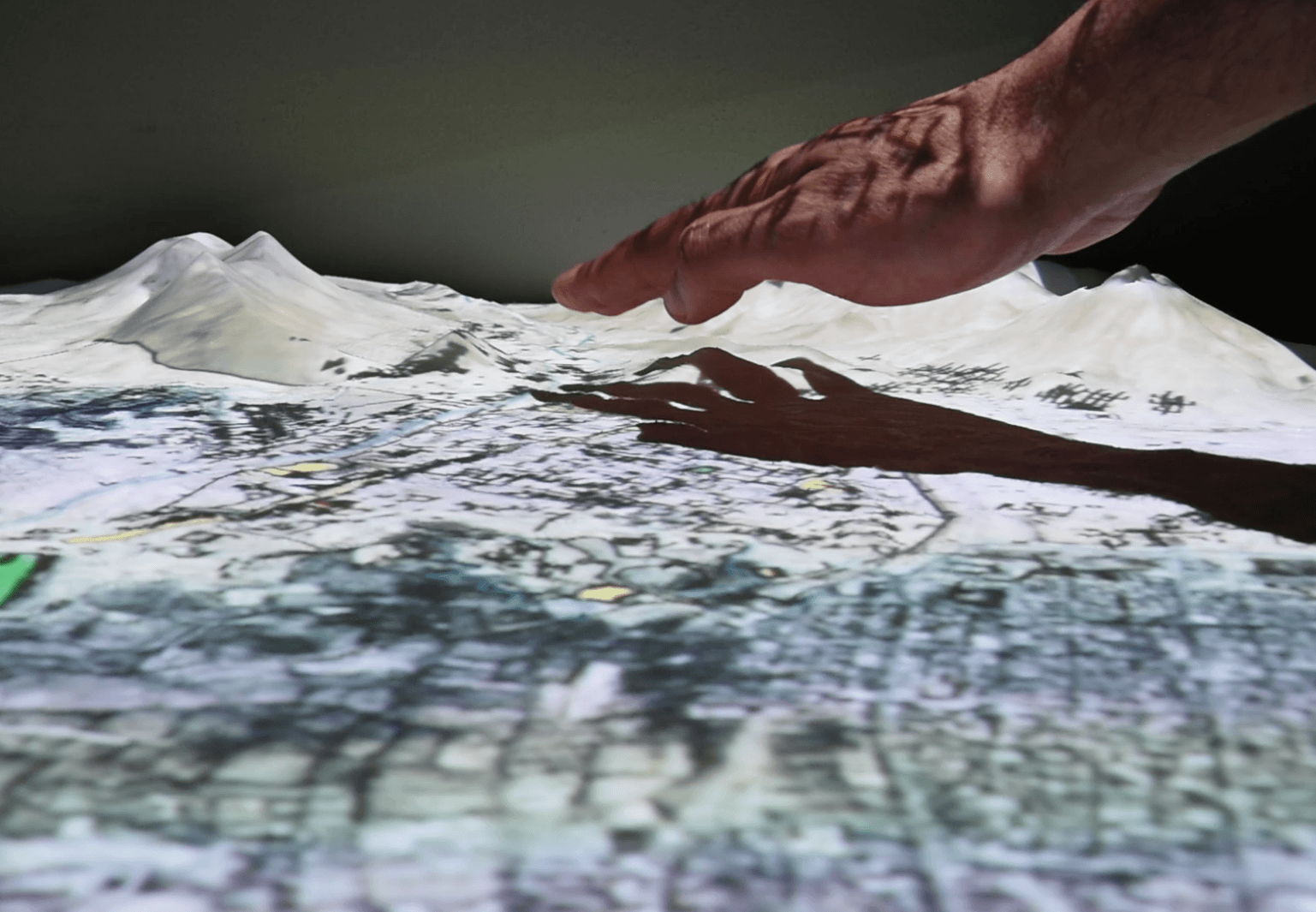
Resources
- Home
- Resources


iDAI.tutorials
The platform iDAI.tutorials of the German Archaeological Institute (DAI) offers online courses and resources for Cultural Heritage professionals. All courses are free of charge and available in English and Arabic.

Post-Conflict Recovery of Urban Cultural Heritage
This toolkit covers four main themes: documentation, damage assessment, legal framework conditions and planning. Each theme focuses on the key tasks required to protect and recover elements of urban cultural heritage during and after armed conflict. For each of these tasks the toolkit presents and describes a number of tools, methods and instruments, and provides practical examples of how they can be applied.

Palmyra GIS
The digital web-based application “Palmyra GIS” and the associated 3D printing of the terrain model of the ancient ruined city to help protect the endangered world cultural heritage. DAI researchers digitized analog data sets or created new digital data that are now accessible for the first time.

SiLK – SicherheitsLeifaden Kulturgut
The SiLK guidelines comprise introductory information, questionnaires and a knowledge base which together raise awareness for issues surrounding the protection and conservation of cultural property in museums, libraries and archives. The guidelines help staff evaluate the protection efforts of their own institution, and offer tips and possible solutions (documents and links referred to are in most cases only available in German). They also include a wide range of information of interest to others in the field.

Syrian Heritage Archive Project – SHAP
In 2013, the Museum for Islamic Art/ Staatliche Museen zu Berlin and the German Archaeological Institute (DAI) started the project as a response to the destructions through the war. It was intended to have a digital place of safe storage for future generations. The Syrian Heritage Archive Project works in digitising and archiving photo collections and research data on Syria. Read more about this project

ICCROM has one of the world’s leading conservation libraries. The catalogue contains over 120 000 books, reports and specialized journals in more than 70 languages. ICCROM also has a collection of over 200 000 images of sites and objects and various testimonies of its training, scientific and field activities over the years. In addition, this website offers comprehensive information on international events and training opportunities in the field of conservation-restoration.

The UNESCO Digital Library
The UNESCO Digital Library provides access to publications, documents and other materials either produced by UNESCO or pertaining to UNESCO’s fields of competence. These collections are accessible online or physically – at the library or the archives room.

EwaGlos – European Illustrated Glossary of Conservation Terms for Wall Paintings and Architectural Surfaces
EwaGlos is a richly illustrated glossary, including informative photos and sketches: concise texts and demonstrative illustrations are designed to help readers quickly grasp and understand each term, even across language barriers.
The languages are:
English, French, German, Croatian, Italian, Turkish, Spanish, Romanian, Hungarian, Polish and Bulgarian.

PROTECTIVE SHELTERS for ARCHAEOLOGICAL SITES
Proceedings of a SYMPOSIUM Herculaneum, Italy 23-27 September 2013
Zaki Aslan, Sarah Court, Jeanne Marie Teutonico and Jane Thompson (Hrsg.)

Preserving Archaeological Remains
This advice is for developers, owners, archaeologists and planners working on projects where the intention is to retain and protect archaeological sites beneath or within the development. It can also be read in relation to other land-use or site management work. It has a particular focus on decision-taking on waterlogged archaeological sites.
Jim Williams, Claire Howarth, Jane Sidell, Ian Panter and Glyn Davies (eds.)